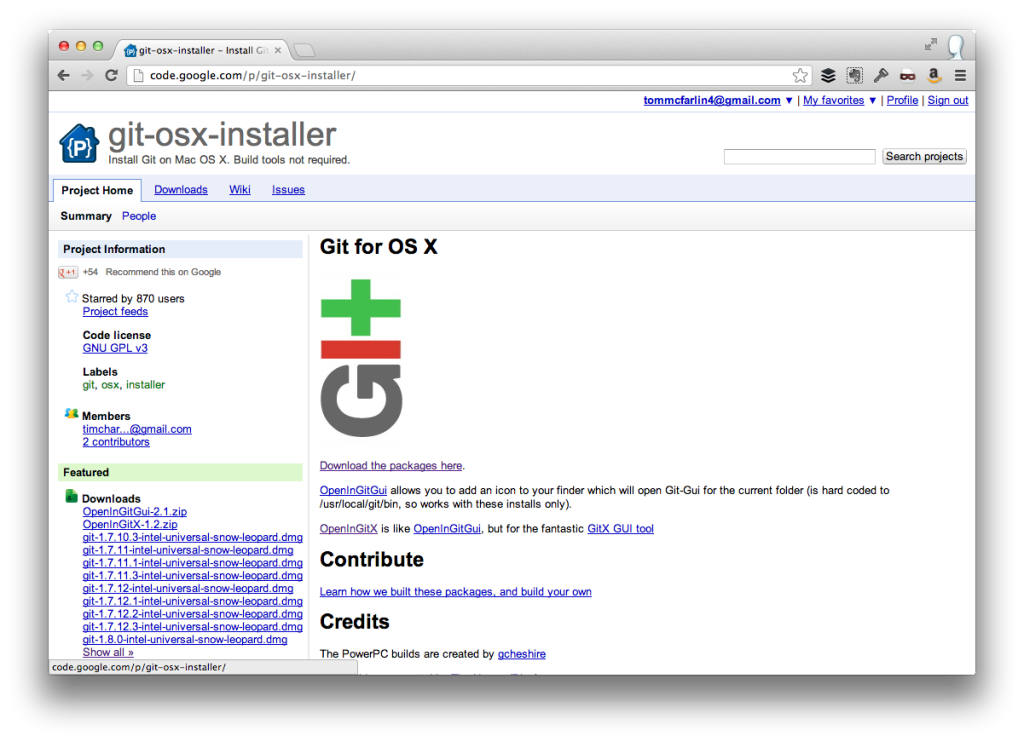How to get updates for macOS Mojave or later
If you've upgraded to macOS Mojave or later, follow these steps to keep it up to date:
Open Source Mac Apps. Contribute to jeffreyjackson/mac-apps development by creating an account on GitHub.

- Choose System Preferences from the Apple menu , then click Software Update to check for updates.
- If any updates are available, click the Update Now button to install them. Or click ”More info” to see details about each update and select specific updates to install.
- When Software Update says that your Mac is up to date, the installed version of macOS and all of its apps are also up to date. That includes Safari, iTunes, Books, Messages, Mail, Calendar, Photos, and FaceTime.
To find updates for iMovie, Garageband, Pages, Numbers, Keynote, and other apps that were downloaded separately from the App Store, open the App Store on your Mac, then click the Updates tab.
- Macports – a package management system that simplifies the installation of free/open source software on the macOS. Macromedia Authorware – application (CBT, eLearning) development, no Mac development environment since version 4, though can still package applications with the 'Mac Packager' for OS 8 through 10 playback.
- Open source Web browsers for MAC OS X - Open Source Software Directory - The best open source and free software for at home or in business. Toggle navigation. Where fast, safe browsing is the path to a brighter future for the open web. (MPL) Cross-platform. Chromium is the open-source project behind Google Chrome.
To automatically install macOS updates in the future, including apps that were downloaded separately from the App Store, select ”Automatically keep my Mac up to date.” Your Mac will notify you when updates require it to restart, so you can always choose to install those later.
How to get updates for earlier macOS versions
If you're using an earlier macOS, such as macOS High Sierra, Sierra, El Capitan, or earlier,* follow these steps to keep it up to date:
- Open the App Store app on your Mac.
- Click Updates in the App Store toolbar.
- Use the Update buttons to download and install any updates listed.
- When the App Store shows no more updates, the installed version of macOS and all of its apps are up to date. That includes Safari, iTunes, iBooks, Messages, Mail, Calendar, Photos, and FaceTime. Later versions may be available by upgrading your macOS.
To automatically download updates in the future, choose Apple menu > System Preferences, click App Store, then select ”Download newly available updates in the background.” Your Mac will notify you when updates are ready to install.
* If you're using OS X Lion or Snow Leopard, get OS X updates by choosing Apple menu > Software Update.
Mac Os X Open Source
How to get updates for iOS
Best Open Source Software Mac Os X
Learn how to update your iPhone, iPad, or iPod touch to the latest version of iOS.

Learn more
Open Source Softwares For Mac Os X High Sierra

Open Source Software For Mac Os X
- Learn how to upgrade to the latest version of macOS.
- Find out which macOS your Mac is using.
- You can redownload apps that you previously downloaded from the App Store.
- Your Mac doesn't automatically download large updates when it's using a Personal Hotspot.

